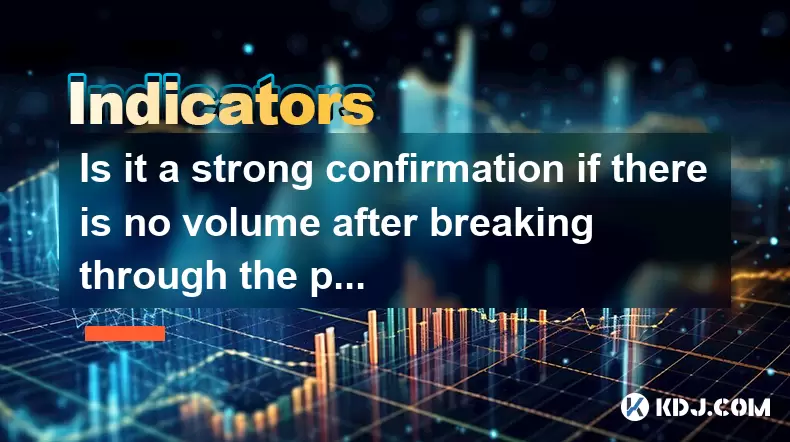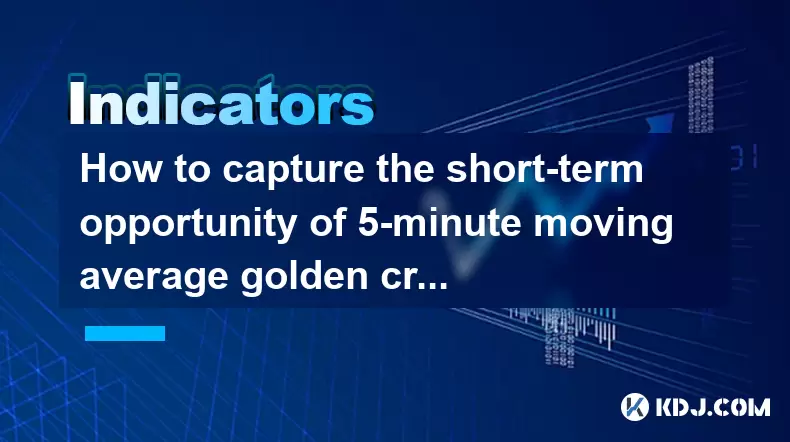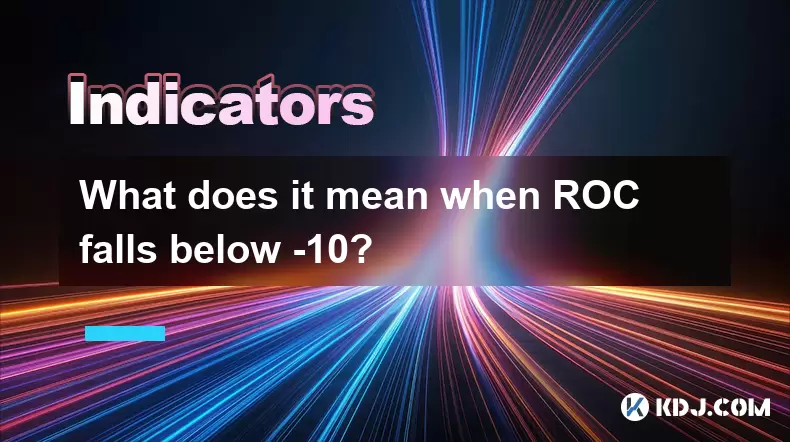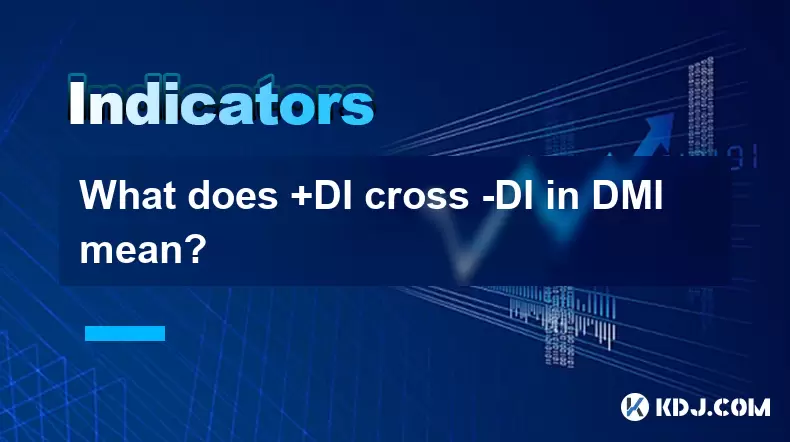-
 Bitcoin
Bitcoin $118900
1.66% -
 Ethereum
Ethereum $3735
1.35% -
 XRP
XRP $3.506
0.71% -
 Tether USDt
Tether USDt $1.000
-0.01% -
 BNB
BNB $799.4
5.78% -
 Solana
Solana $202.0
1.87% -
 USDC
USDC $0.9999
0.00% -
 Dogecoin
Dogecoin $0.2661
1.89% -
 Cardano
Cardano $0.8877
1.59% -
 TRON
TRON $0.3173
2.45% -
 Hyperliquid
Hyperliquid $45.00
2.59% -
 Stellar
Stellar $0.4723
3.40% -
 Sui
Sui $3.970
1.32% -
 Chainlink
Chainlink $19.67
1.94% -
 Hedera
Hedera $0.2710
1.99% -
 Avalanche
Avalanche $25.74
-0.01% -
 Bitcoin Cash
Bitcoin Cash $528.1
1.98% -
 Litecoin
Litecoin $120.1
3.57% -
 Shiba Inu
Shiba Inu $0.00001525
1.26% -
 UNUS SED LEO
UNUS SED LEO $8.989
-0.01% -
 Toncoin
Toncoin $3.304
1.74% -
 Polkadot
Polkadot $4.531
3.38% -
 Uniswap
Uniswap $10.74
2.51% -
 Ethena USDe
Ethena USDe $1.001
0.00% -
 Monero
Monero $325.5
2.44% -
 Pepe
Pepe $0.00001413
1.31% -
 Bitget Token
Bitget Token $4.860
0.85% -
 Dai
Dai $0.9999
0.01% -
 Aave
Aave $307.3
-2.07% -
 Bittensor
Bittensor $448.8
2.91%
Is it a strong confirmation if there is no volume after breaking through the previous high?
A breakout without volume often signals weak buying interest, leading to potential reversals or "fakeouts" in cryptocurrency trading.
Jun 29, 2025 at 12:43 pm

Understanding the Concept of Breakout in Cryptocurrency Trading
In cryptocurrency trading, a breakout refers to when the price of an asset moves above a previously established resistance level or below a support level. This movement is often seen as a signal that the trend might continue in the direction of the breakout. However, not all breakouts are created equal, and one key element traders look for to validate such a move is volume.
Volume represents the number of assets traded over a specific period. It acts as a confirmation tool—when a breakout occurs alongside high volume, it typically indicates strong market participation and conviction behind the price move. But what happens if there's no significant increase in volume after breaking through the previous high?
No volume during a breakout can indicate weak buying interest or lack of consensus among traders.
The Significance of Volume in Confirming Price Movements
Volume plays a crucial role in technical analysis because it helps confirm trends and chart patterns. When a cryptocurrency breaks out of a consolidation zone or surpasses a prior high, traders expect to see a surge in volume. This surge shows that new buyers are entering the market and pushing prices higher with real demand.
- High volume during a breakout suggests genuine strength and increases the likelihood of continued upward momentum.
- Low or absent volume may imply that the breakout lacks conviction and could be a false signal.
Without volume confirmation, the breakout may not attract enough follow-through from other traders or institutions, leading to a potential reversal or sideways movement instead of a sustained uptrend.
Why Breakouts Without Volume Can Be Deceptive
Breakouts without volume are often referred to as "fakeouts" or "false breakouts." These occur when the price temporarily moves beyond a key level but quickly reverses course. In the context of a previous high being broken without volume:
- Lack of participation means few traders are actively buying at the new higher levels, making the move unsustainable.
- Market manipulation by whales or bots can create artificial breakouts that trap retail traders into entering positions prematurely.
This phenomenon is especially common in low-cap altcoins where smaller trades can significantly affect price action. Traders who ignore volume and chase breakouts based solely on price may find themselves caught in these traps.
How to Analyze Volume During Breakouts
To assess whether a breakout is valid, traders should compare current volume to its average volume over a set period, such as the last 10 or 20 days. Here’s how you can do this effectively:
- Use a volume indicator on your charting platform (like TradingView) to visualize volume bars beneath the price chart.
- Compare current volume bars to the average to determine if the breakout has sufficient energy.
- Look for spikes or surges that coincide with the breakout candle or shortly after it forms.
If a breakout occurs on the same or lower volume than usual, caution is warranted. It may be better to wait for a retest of the breakout level with increased volume before entering a trade.
Alternative Indicators to Confirm Breakouts Without Volume
When volume doesn’t support a breakout, traders can use other tools to verify the strength of the move:
- Moving averages can help identify whether the price is gaining momentum above key levels like the 50 or 200-day MA.
- Relative Strength Index (RSI) can show if the asset is overbought or still has room to run.
- Order book analysis on exchange platforms allows traders to see buy and sell pressure directly.
While none of these replace volume entirely, they offer additional context when evaluating a potentially misleading breakout.
Common Mistakes Made by Traders Ignoring Volume
Many novice traders jump into breakouts purely based on price action, missing critical signals that experienced traders rely on. Common errors include:
- Entering too early without waiting for volume confirmation or a pullback.
- Assuming all breakouts are bullish even when volume remains flat or declines.
- Failing to set stop-loss orders which can protect against sudden reversals after false breakouts.
These mistakes can lead to repeated losses, especially in volatile crypto markets where sentiment changes rapidly.
Frequently Asked Questions
Can a breakout still be valid without volume?
Yes, sometimes breakouts occur on low volume and still lead to strong moves, particularly in cases where large players have already accumulated positions quietly. However, these situations are rare and usually require confirmation from other indicators or order flow data.
What time frame should I use to evaluate volume during a breakout?
The ideal time frame depends on your trading strategy. Day traders may focus on hourly charts, while swing traders might review daily or weekly volume. Regardless, comparing current volume to the average over the past 10–20 periods is a solid starting point.
Are fakeouts more common in certain cryptocurrencies?
Fakeouts tend to appear more frequently in lesser-known altcoins with low liquidity. Major cryptocurrencies like Bitcoin or Ethereum generally exhibit more reliable volume patterns due to higher trading activity and institutional involvement.
How can I differentiate between a false breakout and a real one without volume?
Watch for immediate follow-through after the breakout. A real breakout will often see prices consolidate above the broken level and continue rising. False ones typically retreat back below the level within hours or days.
Disclaimer:info@kdj.com
The information provided is not trading advice. kdj.com does not assume any responsibility for any investments made based on the information provided in this article. Cryptocurrencies are highly volatile and it is highly recommended that you invest with caution after thorough research!
If you believe that the content used on this website infringes your copyright, please contact us immediately (info@kdj.com) and we will delete it promptly.
- Sui Price, Open Interest, and the $4 Breakout: Will SUI Surge?
- 2025-07-23 22:50:13
- BlockDAG, XRP, and DOT: Riding the Crypto Wave Like a Wall Street Pro
- 2025-07-23 23:10:13
- NFT Penguins Rally: PENGU's Rise and the CryptoBatz Bounce
- 2025-07-23 23:10:13
- Dogecoin's Future: Will the Meme Dream Live On?
- 2025-07-23 22:30:13
- Mara's Bitcoin Bet: Debt, Mining, and Shadow Banking?
- 2025-07-23 22:30:13
- Rick Harrison, Gold Coins, and Pawn Stars: A Deep Dive into the World of High-Stakes Haggling
- 2025-07-23 23:15:12
Related knowledge

How to capture the short-term opportunity of 5-minute moving average golden cross + 1-minute MACD bar line volume?
Jul 23,2025 at 10:29pm
Understanding the 5-Minute Moving Average Golden CrossThe 5-minute moving average golden cross occurs when a short-term moving average, typically the ...

What does it mean when ROC falls below -10?
Jul 23,2025 at 09:29pm
Understanding the Rate of Change (ROC) Indicator in Cryptocurrency TradingThe Rate of Change (ROC) indicator is a momentum oscillator used widely in t...

What does +DI cross -DI in DMI mean?
Jul 23,2025 at 09:49pm
Understanding the DMI Indicator ComponentsThe Directional Movement Index (DMI) is a technical analysis tool developed by J. Welles Wilder to assess th...

Advanced RSI strategies for crypto
Jul 13,2025 at 11:01am
Understanding the Basics of RSI in Cryptocurrency TradingThe Relative Strength Index (RSI) is a momentum oscillator used to measure the speed and chan...

Crypto RSI for day trading
Jul 12,2025 at 11:14am
Understanding RSI in the Context of Cryptocurrency TradingThe Relative Strength Index (RSI) is a momentum oscillator used to measure the speed and cha...

Crypto RSI for scalping
Jul 12,2025 at 11:00pm
Understanding RSI in the Context of Crypto TradingThe Relative Strength Index (RSI) is a momentum oscillator widely used by traders to measure the spe...

How to capture the short-term opportunity of 5-minute moving average golden cross + 1-minute MACD bar line volume?
Jul 23,2025 at 10:29pm
Understanding the 5-Minute Moving Average Golden CrossThe 5-minute moving average golden cross occurs when a short-term moving average, typically the ...

What does it mean when ROC falls below -10?
Jul 23,2025 at 09:29pm
Understanding the Rate of Change (ROC) Indicator in Cryptocurrency TradingThe Rate of Change (ROC) indicator is a momentum oscillator used widely in t...

What does +DI cross -DI in DMI mean?
Jul 23,2025 at 09:49pm
Understanding the DMI Indicator ComponentsThe Directional Movement Index (DMI) is a technical analysis tool developed by J. Welles Wilder to assess th...

Advanced RSI strategies for crypto
Jul 13,2025 at 11:01am
Understanding the Basics of RSI in Cryptocurrency TradingThe Relative Strength Index (RSI) is a momentum oscillator used to measure the speed and chan...

Crypto RSI for day trading
Jul 12,2025 at 11:14am
Understanding RSI in the Context of Cryptocurrency TradingThe Relative Strength Index (RSI) is a momentum oscillator used to measure the speed and cha...

Crypto RSI for scalping
Jul 12,2025 at 11:00pm
Understanding RSI in the Context of Crypto TradingThe Relative Strength Index (RSI) is a momentum oscillator widely used by traders to measure the spe...
See all articles

























































































